Mobilising rural economy through poultry farming
Better livelihood opportunities in rural areas slow down migration to urban centres
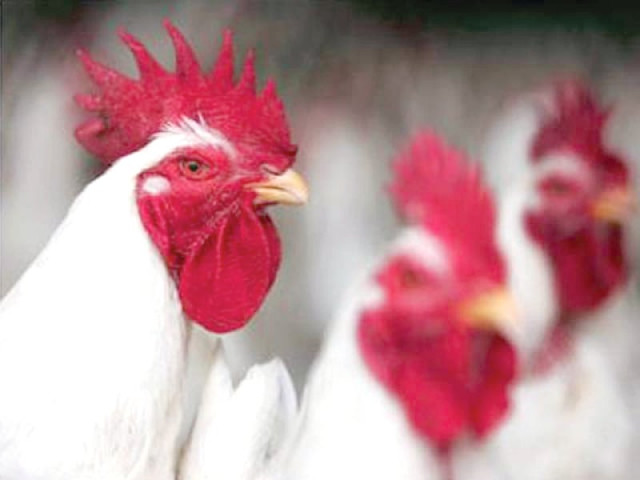
PHOTO: FILE
Being the third largest goat producing country in the world after China and India, Pakistan has around 53.8 million goats and their population is increasing at a pace of 3% per annum. Backyard poultry farming is quite common and is very important for rural households because of being small-scale enterprises with 10-12 birds.
It provides a source of healthy protein intake and generates cash income. Prior to the spread of commercial poultry business, household chickens were the only source of eggs and poultry meat in Pakistan. These were mainly taken care of by female members in households as it did not require any upfront cost.
Having average household size of six to seven persons, almost 70% of rural families in Pakistan are keeping a couple of goats and sheep and around 10 to 12 chickens either for family consumption or income generation. A study shows the major source of livelihood in rural areas is livestock and poultry. With limited cash, livestock and poultry farming helps rural families to meet their daily food needs mostly through dairy and poultry products.
Compared to urban dwellers, rural households do not spend much on house rent, utilities, transportation, health and education as they have a simple lifestyle. Poultry farming, being easy and without requiring any upfront cost, is an integral part of the rural economy and can be given a boost by making small interventions, such as through value addition.
Poultry meat has low cholesterol and can fetch a higher price in the current-day organic market if proper value addition, certification and tagging is ensured and sustained. This not only provides healthy food but also facilitates income generation on a sustainable basis. The success of such an intervention depends on establishing smart enterprises by linking rural markets with urban centres. Capacity building and awareness creation about such innovative intervention will greatly help in gearing up the supply chain to meet demand in the urban centres. Rural producers also require consistent training and supervision for maintaining quality in value addition as per required market standards.
Each rural household can play the role of a manufacturing unit as it already takes care of a small number of poultry birds. Many have surplus poultry as well and can enhance production provided sustainable enterprises are available. Therefore, a system of decentralised production units clustered in and around rural villages has to be established purely under the market mechanism of passing on profits from primary to tertiary levels and ensuring distribution of just share at all levels.
Such types of enterprises already exist in rural areas but what is lacking is their training and awareness of value addition, quality standards and smart ways of doing business through certification. In this age of technological prowess, information technology can play an important role in disseminating information about any organic product that has a high demand and raise awareness as well.
Such interventions bring many benefits as well as provide an opportunity to push development work in rural areas. These will assist in mobilising the rural economy, enhancing livelihood opportunities for rural communities and facilitating transfer of cash from urban to rural areas.
On the other side, the development work and enhanced livelihood opportunities will slow down the pace of rural-to-urban migration, thereby controlling the influx of people into the already crowded urban areas. This way, the local, provincial and national economies will get a boost. Key benefits of supporting and promoting small rural farmlands include a steady revenue stream for the poor households in such areas and the supply of healthy food to consumers. These interventions will also greatly help in achieving the Sustainable Development Goals (SDGs) which Pakistan is required to meet by 2030.
Challenges Now, the challenge ahead is how and when such good things will happen? As already said, these activities are already happening but not in the desired way. Rural communities are selling their livestock and poultry in local markets but in a highly crude way and without any direct benefit to them. Middlemen are taking away the lion's share.
There is also no value addition nor is there any effort to get certification for organic and healthy food. The way forward is the creation of a production system for rural livestock and poultry where healthy feed is supplied to the birds and animals.
Rural development agencies working in the public sector, civil society and private sector should focus on the capacity building of small-scale livestock and poultry farmers to pave the way for value addition and certification of their produce besides directly linking them with urban markets through smart enterprises.
Unfortunately, most of the modern livestock experts promote caging and supply of artificially prepared feed which have traces of dirty chemical that are not fit for human consumption. Consumers are increasingly demanding organic products which must the focus of attention and the farmers should be pushed to produce such products in order to fetch higher prices. THE WRITER IS A PHD IN NATURAL RESOURCES MANAGEMENT AND IS A CIVIL SERVANT

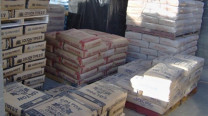
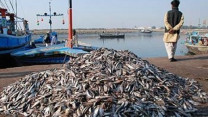
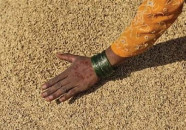


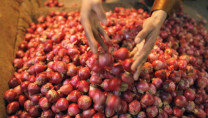












COMMENTS
Comments are moderated and generally will be posted if they are on-topic and not abusive.
For more information, please see our Comments FAQ